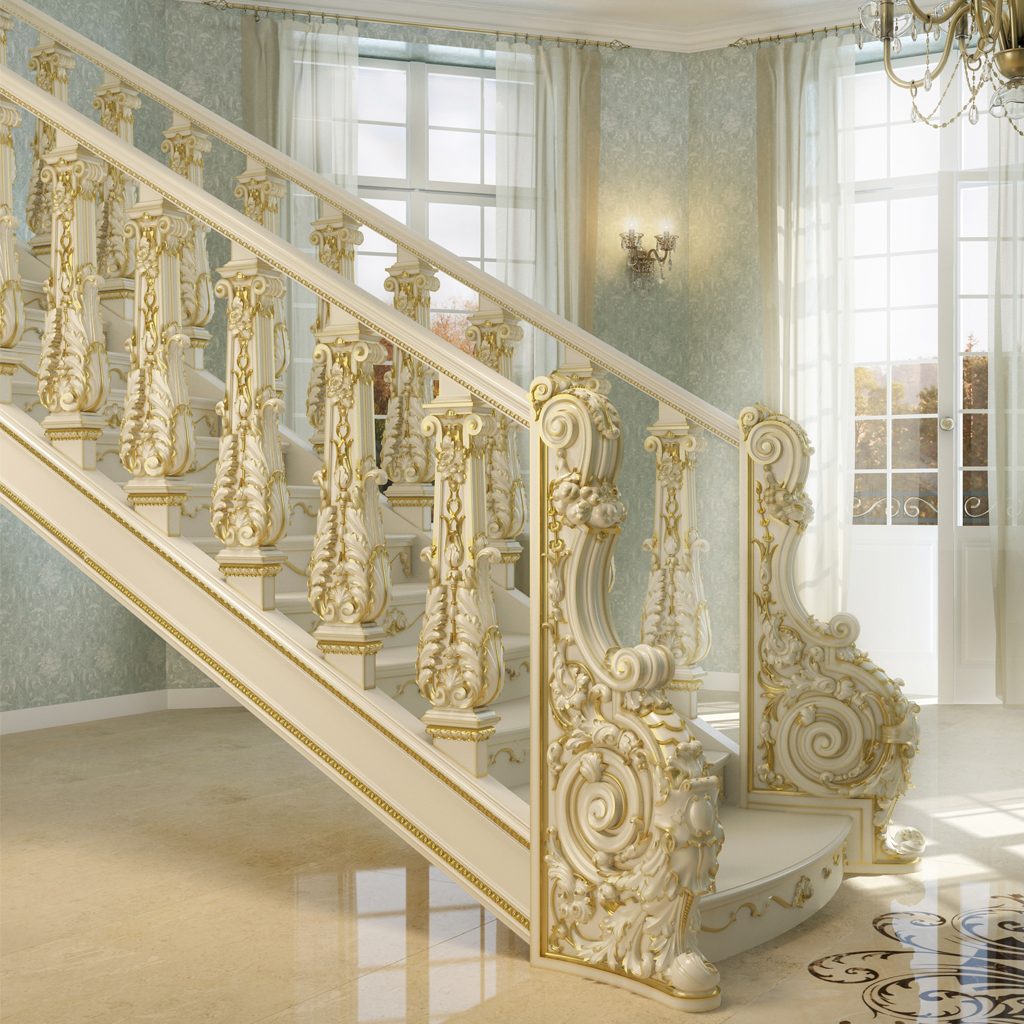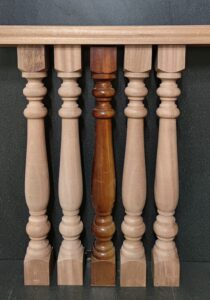Decorative wooden spindles have long been a beloved choice for enhancing the aesthetic appeal of homes and gardens. They are not just functional; they also serve as a beautiful decorative element that can elevate the style of any space. In this extensive guide, we will explore everything you need to know about decorative wooden spindles, from their history and uses to how to choose the right ones for your project.
Table of Contents
- Introduction to Decorative Wooden Spindles
- A Brief History of Wooden Spindles
- Types of Decorative Wooden Spindles
- Materials Used in Wooden Spindles
- Applications of Decorative Wooden Spindles
- Choosing the Right Wooden Spindle
- Installation Tips for Wooden Spindles
- Pros and Cons of Decorative Wooden Spindles
- Frequently Asked Questions
- Conclusion
Introduction to Decorative Wooden Spindles
Decorative wooden spindles are versatile and can be used in various applications, from railings and balustrades to furniture and architectural features. Their charm lies not only in their functionality but also in their ability to bring warmth and character to any space. Drawing from my personal experience, I’ve found that incorporating these spindles can make a significant difference in the overall feel of your home.
A Brief History of Wooden Spindles
Wooden spindles date back centuries, playing an essential role in architecture and furniture design. Historically, they were used not just for decorative purposes but also served structural roles in staircases and railings. The craftsmanship involved in shaping these spindles has evolved over time, reflecting the styles and preferences of different eras.
Types of Decorative Wooden Spindles
Choosing the right type of spindle is crucial. Below are the common types you may encounter:

Traditional Spindles
Traditional spindles are often intricately turned and feature designs that reflect historical aesthetics. They are typically used in classic and period-style homes.
Modern Spindles
Modern spindles are characterized by sleek, minimalist designs. They are commonly made from engineered wood or reclaimed materials, blending seamlessly into contemporary spaces.

Custom Spindles
For those looking for something unique, custom spindles can be designed to fit specific dimensions or styles, allowing for complete personalization in your project.
Materials Used in Wooden Spindles
Wooden spindles can be crafted from various types of wood, each offering different benefits:
| Material | Pros | Cons |
|---|---|---|
| Oak | Durable, classic appearance | Can be expensive |
| Pine | Cost-effective, easy to work with | Less resistant to wear |
| Maple | Strong, smooth finish | May be harder to find |
| Mahogany | Rich color, resistant to rot | Higher cost, may be sourced unsustainably |

Applications of Decorative Wooden Spindles
Decorative wooden spindles can add flair to both interior and exterior settings.
Interior Applications
Inside your home, spindles can be used in staircases, railings, and even as furniture accents. Their ability to blend with various design themes makes them a versatile choice.

Exterior Applications
On the exterior, spindles are often used in porches, fences, and garden railings, providing both beauty and safety.
Choosing the Right Wooden Spindle
Selecting the right wooden spindle involves considering both style and size.

Choosing Based on Style
When choosing spindles, think about the overall style of your space. Traditional homes may benefit from ornate spindles, while sleek, modern homes may look better with streamlined options.
Choosing Based on Size
The size of the spindle should be proportional to the surrounding space. Larger spindles may overwhelm a small area, while tiny spindles can get lost in a grand setting.

Installation Tips for Wooden Spindles
Proper installation is key to ensuring your decorative spindles serve their purpose and look great. Here are some tips:
- Measure twice: Ensure accurate measurements before cutting.
- Use quality materials: Invest in good quality screws and brackets.
- Seal the wood: Applying a sealant can increase durability.
Pros and Cons of Decorative Wooden Spindles
Before investing in decorative spindles, it’s important to consider the pros and cons:
Pros
- Enhances aesthetic appeal
- Available in various styles and materials
- Customizable to fit your needs
- Durable and long-lasting
Cons
- Can be expensive depending on the material
- Requires regular maintenance, especially outdoors
- Installation can be labor-intensive
Frequently Asked Questions
What are the best types of wood for decorative spindles?
Common choices include oak, maple, pine, and mahogany. Each has its unique characteristics, so select one based on your aesthetic and functional needs.
How do I maintain wooden spindles?
Regular cleaning and occasional sealing can help maintain their appearance and protect against wear and tear.
Can I customize wooden spindles?
Yes, many manufacturers offer custom spindle designs to meet specific design requirements.
Conclusion
Decorative wooden spindles are a fantastic addition to any home, offering both functionality and beauty. Whether you opt for traditional, modern, or custom designs, the right spindles can significantly enhance your space. I hope this guide has inspired you to consider incorporating these charming elements into your home. Remember, the right choice can add style, warmth, and a personal touch that showcases your individual taste.